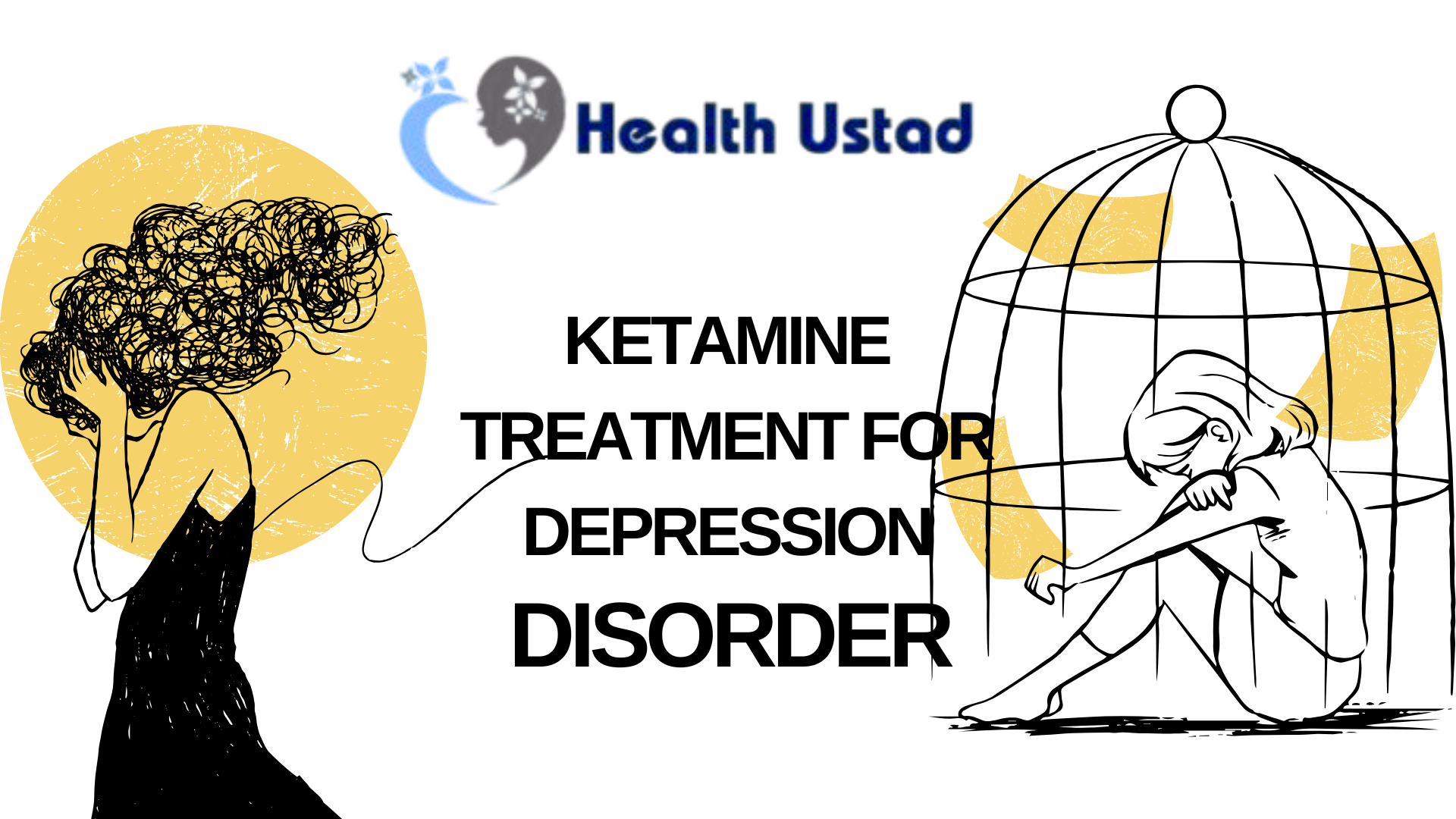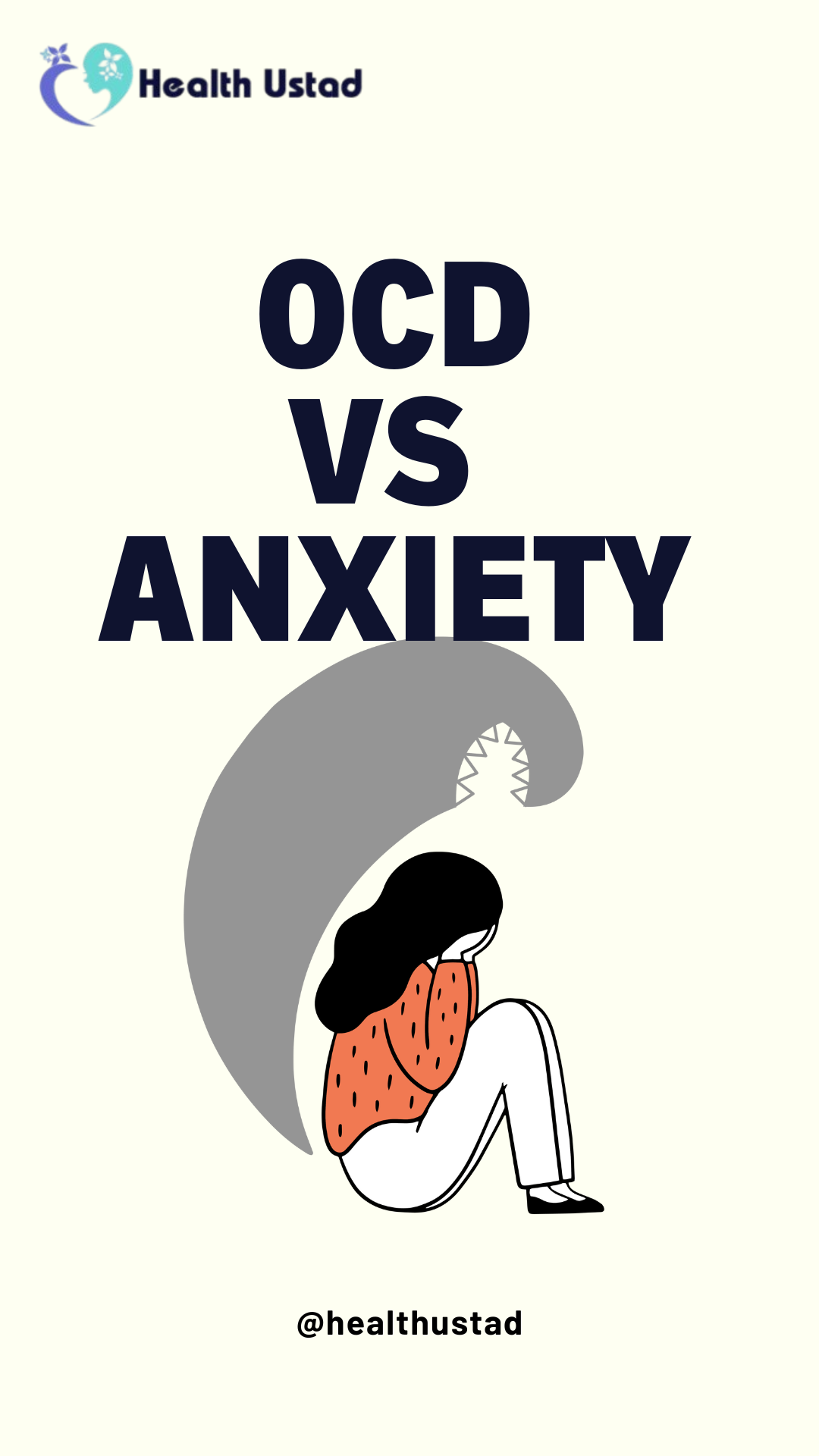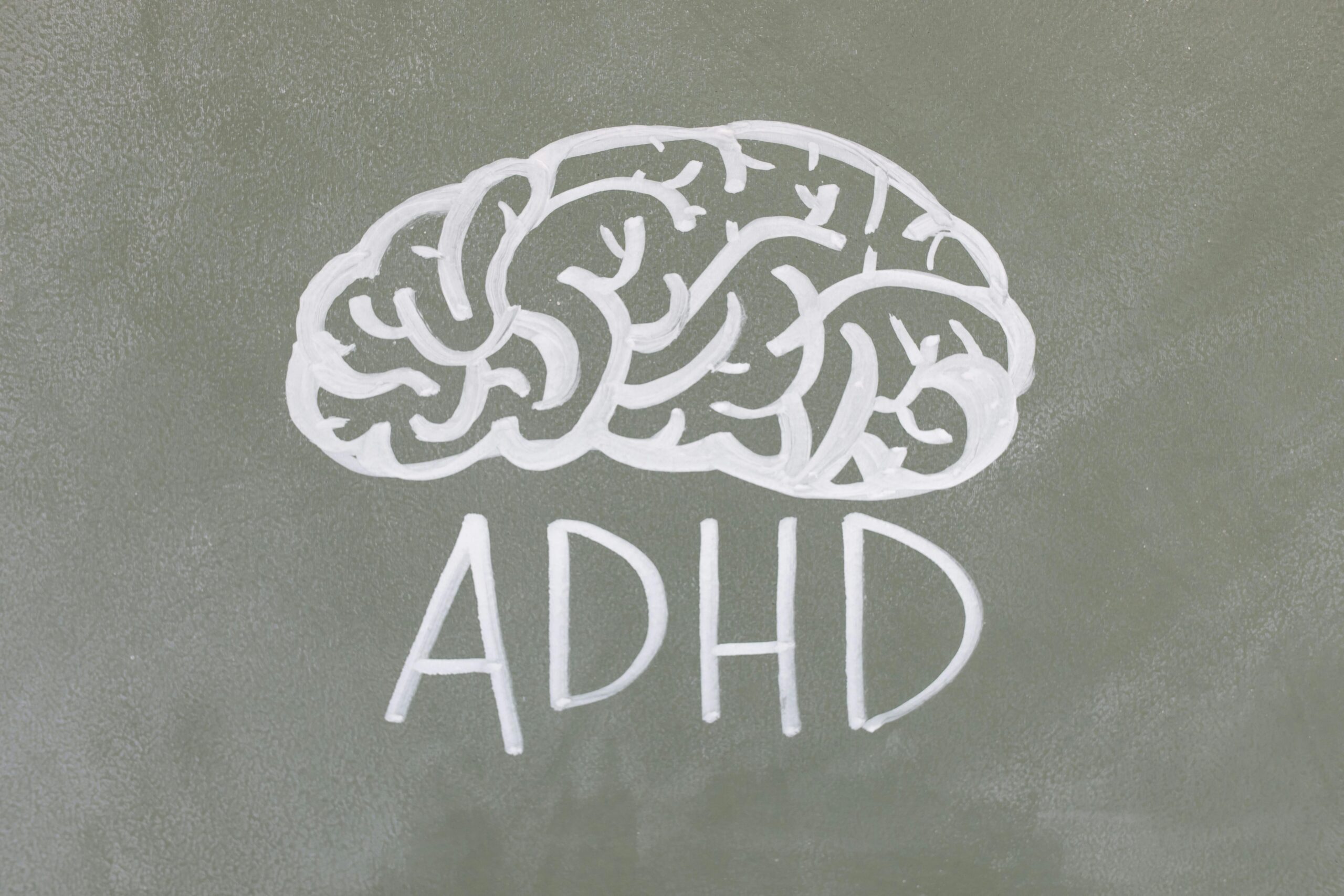How Many Ketamine Treatments Are Needed for Depression?

People who are struggling with depressive disorder that doesn’t respond to treatment may have a hard time finding the right therapy. It can take weeks for traditional antidepressant medication to work, and it doesn’t always work completely. But if we talk about how many ketamine treatments for depression? Ketamine therapy has become a game-changing option for people who haven’t responded to traditional antidepressants.
Patients and their families often ask how many ketamine treatments for depression they need to get better and stay better.
The answer depends on several things, such as:
The patient’s medical history.
How do they respond to Ketamine?
The clinic’s treatment process.
Let’s look at what the latest research and clinical experience say about the best number of ketamine treatments, their effects, safety issues, and what patients can expect from this new type of mental health therapy.
How many ketamine treatments for depression?
To know about Ketamine and how many ketamine treatments are for depression? Firstly, we need to know about Ketamine and how it works.
What is Ketamine?
Ketamine was first made as an anaesthetic and has been used safely in hospitals for many years. Researchers in psychiatric departments all over the world have found that low doses of ketamine infusions can quickly relieve symptoms of depression, sometimes within hours, over the past 20 years.
Unlike other antidepressants that work on serotonin and norepinephrine, Ketamine changes the brain’s glutamate system. This technique aids in “resetting” brain circuits crucial for mood regulation and emotional processing.
Research indicates that individuals with chronic, treatment-resistant depression can experience substantial benefits from ketamine therapy. Ketamine works only when provided under professional supervision.
How many times do you usually need to take Ketamine for depression?
Doctors often suggest that people get more than one ketamine treatment instead of just one. The most common protocol is:
1. An initial induction phase consisting of six ketamine infusions administered over a duration of two to three weeks.
2. A maintenance phase includes booster infusions every 2 to 6 weeks, depending on how often the symptoms come back and how well the patient responds.
So, when clients ask how many ketamine treatments they will need, the answer usually starts with about six sessions and then goes on to personalised maintenance care.
Every patient has a different path. Some people feel better after the first or second session, while others need the whole course to see big changes. Clinicians check how well patients are responding to Ketamine regularly and change the dose as needed.
Why You Need More Than One Treatment
The effects of ketamine therapy build up over time. A single infusion may make you feel better right away, but repeated sessions make new connections in the brain and help keep mental health improvements over time.
Think of it as physical therapy for your brain, with each session reinforcing good patterns of thought and emotion. With a steady dose, Ketamine boosts neuroplasticity, which helps patients learn new ways to deal with stress, get more out of cognitive behavioural therapy, and rely less on standard antidepressants.
When figuring out how many ketamine treatments work best for depression, doctors look at both how well they work to relieve symptoms and how long the effects last. Regular booster sessions may help the effects last for months or even years.
What the Research Shows:
Several well-known studies have shown that the best frequency of ketamine treatments is:
Researchers at Yale’s Department of Psychiatry found that most people with treatment-resistant depression felt better after 4 to 6 infusions. To keep the effects going, they were given maintenance doses every few weeks.
Studies by the National Institute of Mental Health (NIMH) show that more than 70% of patients’ moods get better quickly, but they need regular maintenance infusions to keep those results.
Other clinical studies indicate that the integration of ketamine therapy with cognitive behavioural techniques improves long-term outcomes, facilitating ongoing patient development post-acute phase.
Studies show that one or two infusions may kickstart recovery, but a structured programme of six or more sessions is needed for lasting change.
Side effects of Ketamine:
People generally think that ketamine treatments are safe when a doctor does them, but they can temporarily change blood pressure and heart rate. This is why patients are watched all the time during each session.
The most common short-term bad effects are:
(i) Feeling dizzy or slightly disconnected
(ii) Feeling sick
(iii) A short rise in blood pressure
(iv) Being sensitive to light or sound
These effects usually go away within an hour of the session ending. To make sure that patients get their ketamine infusions safely and with as little pain as possible, experienced clinics use precise dose methods.
It is very important to say that people with uncontrolled high blood pressure or serious heart problems should have a full checkup before starting ketamine therapy.
What Patients Can Expect From Ketamine Infusions?
Most of the time, each session lasts about 40 minutes. Patients lie down comfortably when the infusion is given through an IV or, in rare cases, through the nose with esketamine (Spravato).
During the session, many people say they feel calm and detached, or like they are dreaming. These are normal side effects of Ketamine and part of the healing process.
Most patients feel better, more motivated, and more energetic after two or three sessions. As the ketamine treatments continue, feelings of hopelessness and emotional numbness usually go away, which makes it easier for people to take part in therapy and everyday life.
Ketamine and Mental Health Issues Related to It:
Ketamine is primarily acknowledged for its efficacy in treating depression; however, its application has broadened to encompass various mental health disorders, including:
1. Post-traumatic stress disorder (PTSD):
Ketamine may help with intrusive memories and hyperarousal symptoms.
2. Stress disorders:
It helps reduce chronic worry and rumination by controlling glutamate signalling.
Bipolar Depression:
Certain patients derive advantages from tailored treatment protocols.
These results have led many psychiatric departments to look into how many ketamine treatments for depression and other similar illnesses can lead to long-term, evidence-based results.
Long-term integration of Ketamine:
The next step after finishing the first course is to keep the benefits. Most patients need maintenance infusions every few weeks or months, depending on how bad their symptoms are.
Long-term results are better when ketamine therapy is used with other wellness methods:
Continued cognitive behavioural therapy (CBT).
Techniques for mindfulness and lowering stress
Regular exercise and a healthy diet
Follow-up medical visits to keep an eye on progress
What will happen to ketamine therapy in the future?
As ketamine therapy becomes more popular, researchers are looking into safer and easier-to-use forms, like oral or nasal formulations. Researchers are still looking into how Ketamine affects brain chemistry to make people more emotionally resilient over time.
We may soon have a better idea of how many ketamine treatments are best for long-term recovery from different types of depressive disorders as research continues.



Post Comment